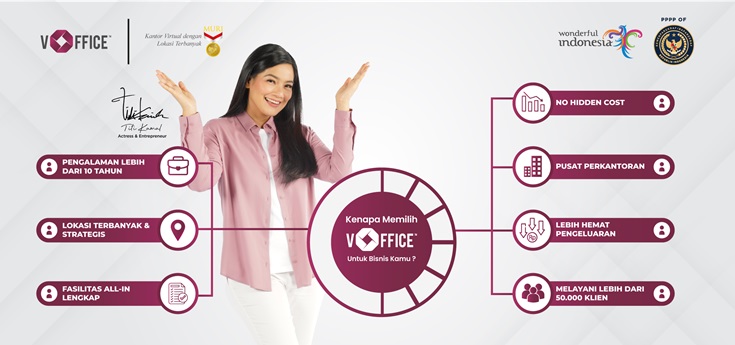PBG, or Building Construction Approval (in Indonesian: Persetujuan Bangunan Gedung), is a crucial process in the construction industry. It is a significant step that every building owner must take before commencing a construction project. Why is PBG so important? Let’s explore further.
What is PBG or Building Construction Approval?
PBG or Building Construction Approval is a permit required before commencing the construction or renovation of a building. This approval is granted by the local government to ensure that the building complies with technical standards, safety regulations, and applicable spatial planning regulations.
Differences Between PBG and IMB
It’s important to differentiate between PBG and IMB (Building Construction Permit). PBG relates to technical approval and construction of the building, while IMB is more related to the usage and occupancy permits after completion.
Legal Basis of PBG
The legal basis of PBG is found in the regulations of Indonesia. One of its legal foundations is the Regulation of the Minister of Public Works and People’s Housing Number 28/PRT/M/2016 regarding Guidelines for the Preparation of Requirements and Procedures for Building Construction Approval.
Read Also: Tax Registration Certificate (SKT): Definition, Functions, and How to Obtain
Sanctions for Not Having PBG
Not having this approval can result in legal sanctions, including the demolition of the building or a prohibition on using the building. These sanctions are imposed to ensure compliance with established regulations and standards.
PBG Issuance Process
The process of issuing this approval involves submitting an application to the local government. Common stages include document collection, technical review, field verification, and the issuance of approval.
Requirements to Obtain PBG
Some common requirements to obtain this approval include attaching building plans, technical documents, and proof of land ownership. Requirements may vary depending on the type of building and local regulations.
PBG Registration Process
The registration process for this approval involves visiting the local government office with the authority to issue PBG. Application submission and document delivery can be done according to established procedures.
Key Aspects in PBG
Key aspects in this approval involve building planning that considers spatial planning, safety, and environmental impact. Compliance with these standards increases the likelihood of approval.
Functions of Building Construction
The functions of building construction can vary, including residential, commercial, industrial, institutional, and recreational purposes. PBG ensures that the building’s function aligns with the approved plan.
Classification of Building Construction
Building classification considers the type and purpose of the building. This classification helps determine the technical requirements to ensure the safety and feasibility of the building. PBG is a crucial step in ensuring that the construction or renovation of a building complies with legal and technical norms. By understanding the process, requirements, and importance of this approval, building owners can ensure the continuity and safety of their construction projects.
Common classifications include:
- Residential: Buildings designed for individual or family residence, including houses, apartments, and other residential structures.
- Commercial: Buildings intended for business and trade activities, including offices, shops, and other commercial structures.
- Industrial: This classification is related to buildings used for production or industrial activities. Warehouses and factories are examples of this classification.
- Institutional: Buildings used for institutional purposes such as schools, hospitals, and other public facilities. This classification sets safety and public service standards.
- Recreation: This classification includes buildings designed for entertainment and recreation, such as cinemas, sports centers, and entertainment venues.
When understanding the function and classification of building construction, construction planning and PBG issuance can be more targeted according to needs and regulations.
Read Also: Office Rent Tax: A Guide to Optimizing Your Business
In discussing Building Construction Approval, we understand that this permit plays a central role in ensuring that every construction or renovation of a building complies with technical standards, safety regulations, and spatial planning regulations. The distinction between PBG and IMB emphasizes that this approval focuses more on technical and construction approval, while IMB is more related to the aspects of usage and occupancy after completion.
The legal basis of PBG in Indonesia is enforced by regulations such as the Regulation of the Minister of Public Works and People’s Housing. Failing to meet the requirements of this approval can lead to legal sanctions, including the demolition of the building or a usage ban. The PBG issuance process involves stages of application submission, technical review, field verification, and approval issuance. The requirements to obtain this approval vary and involve documents such as building plans, technical documents, and proof of land ownership.
In understanding the function of building construction, we realize that design, structure, and space usage are greatly influenced by specific functions, such as residential, commercial, industrial, public, and recreational. Similarly, with building classification, which determines rules and standards during the construction process. Thus, a deep understanding of these, along with the function and classification of building construction, is key to ensuring the continuity and safety of construction projects. Compliance with regulations and careful planning can help building owners achieve their goals efficiently and in accordance with the law.










